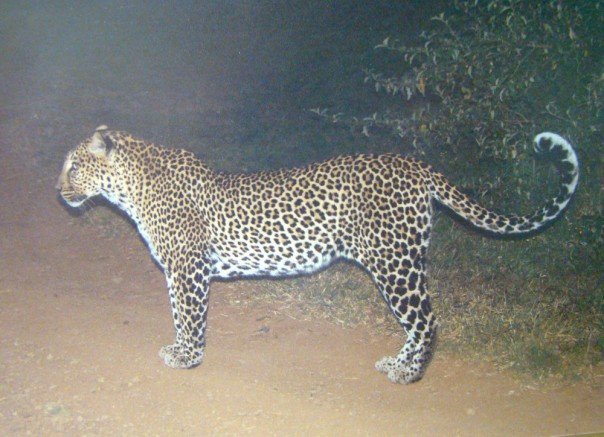I have a pet peeve. I was scrolling through Pinterest and came across a Diane Von Furstenburg pin of a print used in her collection. The print resembled a clouded leopard, but when I clicked on the photo, it took me to a snow leopard photo, with natural history and conservation information about that species. I was so excited to see this connection to the animal itself, but was disappointed that the information was wrong. I want to fix that!
Being a fashionista, but also a scientist (especially a mammalogist), I actually care if people get the animal right. Even better, if they know something about the animal. Combining my love of fashion and animals, I am writing a series of blogs focused on the animals behind the apparel you wear.
This first post is on the most classic print. So classic, some call it a neutral: leopard print. So how do you identify leopard print from other cats?
Identify Leopard Print vs. Jaguar
Leopards (Panthera pardus) and jaguars look very similar, and if you were to see one of these cats in the wild, you could immediately tell them apart be location. If you see a large, stocky, spotted cat in Central/South America, it’s a jaguar, but if you are in Africa or Asia, it’s a leopard. Fashion, however, has no geographic limitations and therefore you have to look closely at the spots to tell them apart. How you can identify leopard print from jaguars is all in the spots. Leopard coats are tawny with black rosettes (spots). The insides of the rosettes are a darker shade of the coat, and closer to the legs and head the rosettes are filled in completely. Jaguars have small spots within some of their rosettes. (*To complicate things a little, there are exceptions to this – check out below).

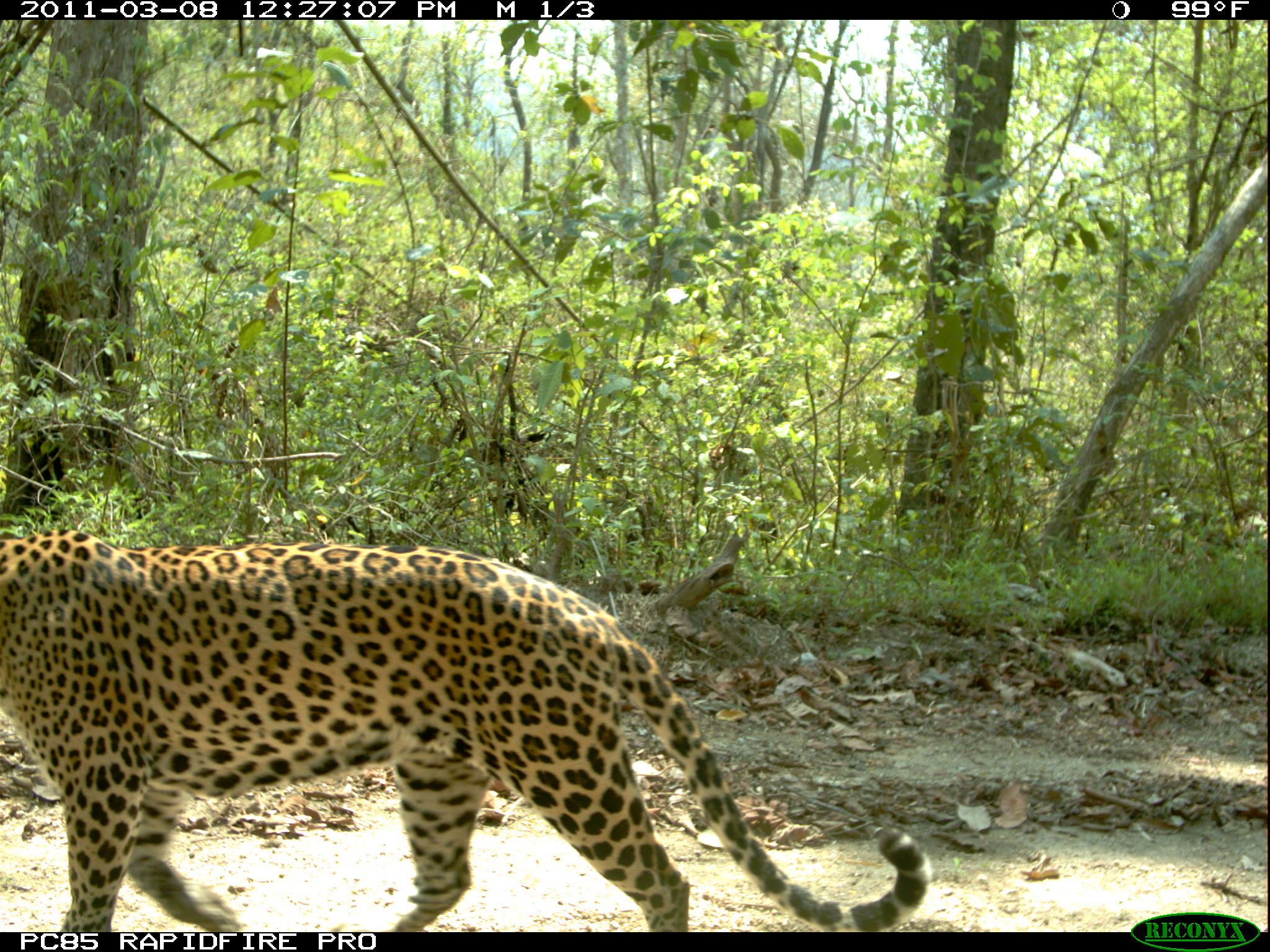
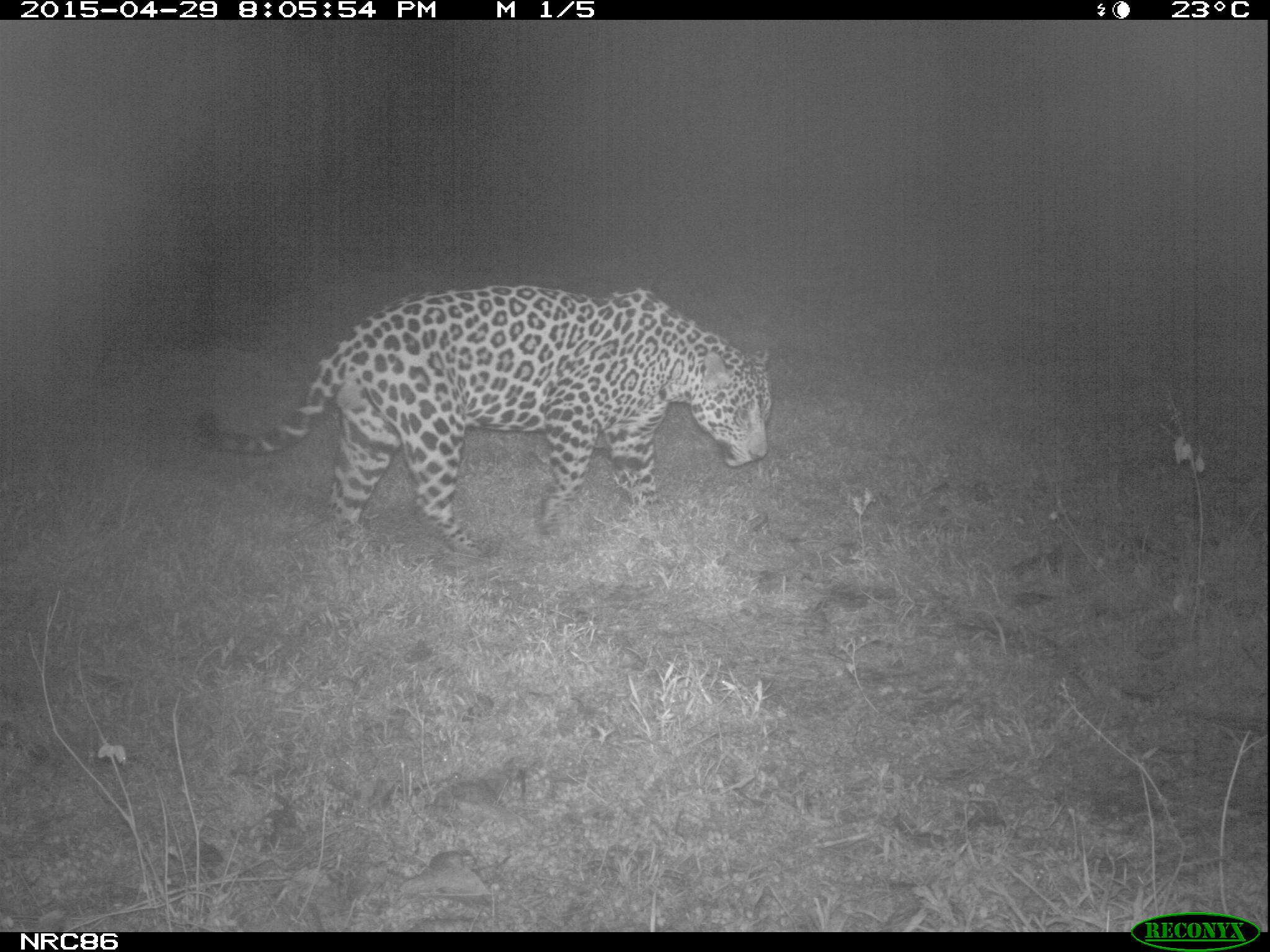
Exceptions to the Rule
Typically, as mentioned above, to identify leopard print you look at the rosettes: leopards have rosettes with no spots inside of them while jaguars do. However, in these leopards from India, you’ll notice that there are some rosettes that have spots inside. Because these photos are from India, they have to be leopards. Remember that jaguars are only found in Central and South America!
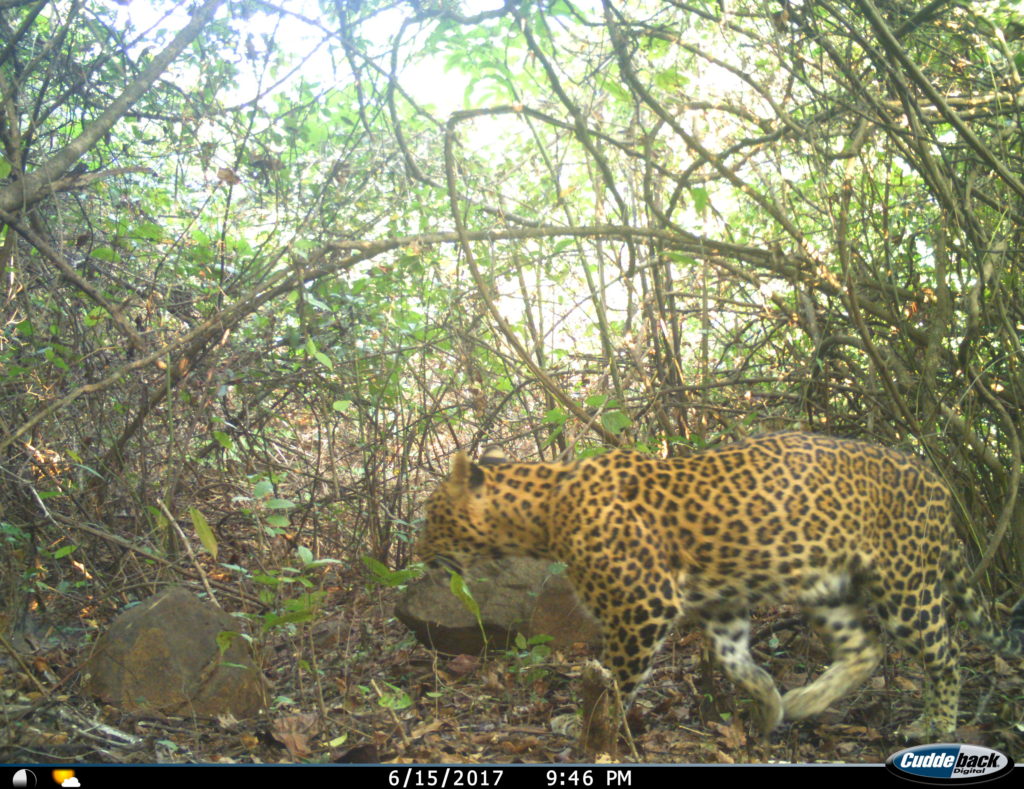
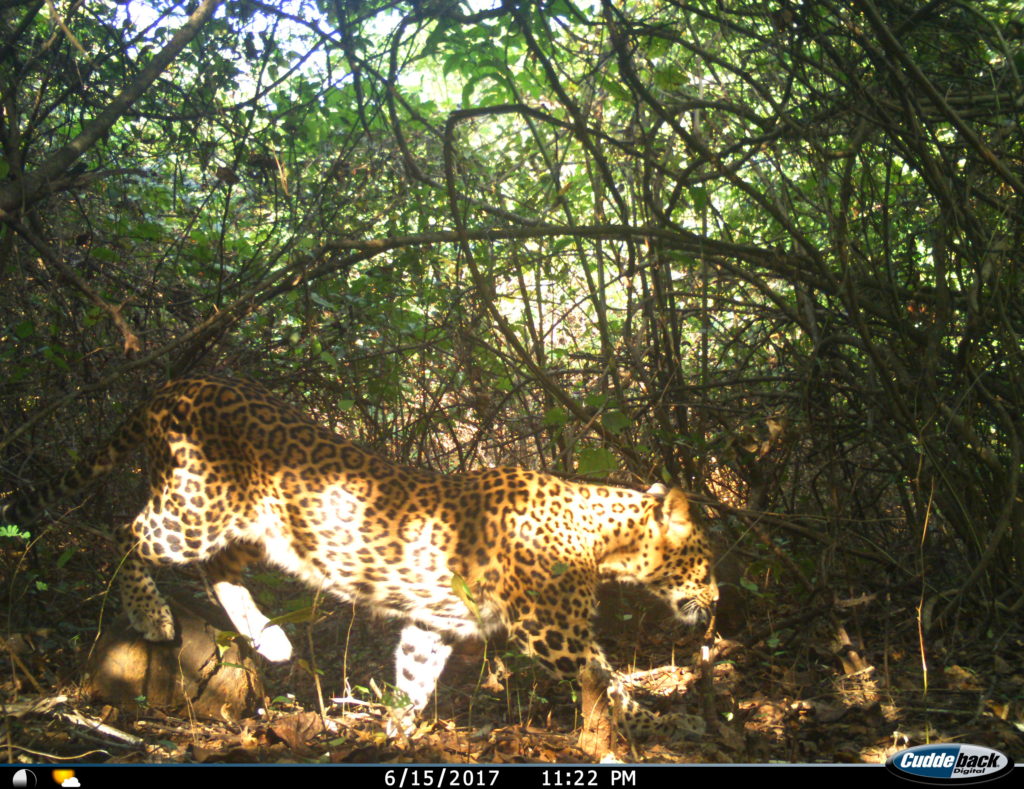
One of the first rules of biology is that there are usually exceptions to the rules. This is true, but I caught the attention of conservationist Johann Vermeulen when I tweeted out these photos. To my surprise, he said he has not seen this before. He explained to me that he has been developing training materials for customs officials to identify the skins of the wild cat species and has seen many USFW samples of jaguar skins and many leopard skins. He has also been an officer with a local (South African) conservation agency for 28 years and has never found a reference to a leopard with spots in their rosettes.
I have no idea how common this is in leopards, but Jonathon Botten, a researcher in Gabon, contacted me and said that he gets leopards on his camera traps with the same patterns. He believes that this is a result of being in more forested areas to help the animals with camouflage. Here are some photos from leopards in the Congo Basin that he sent me:
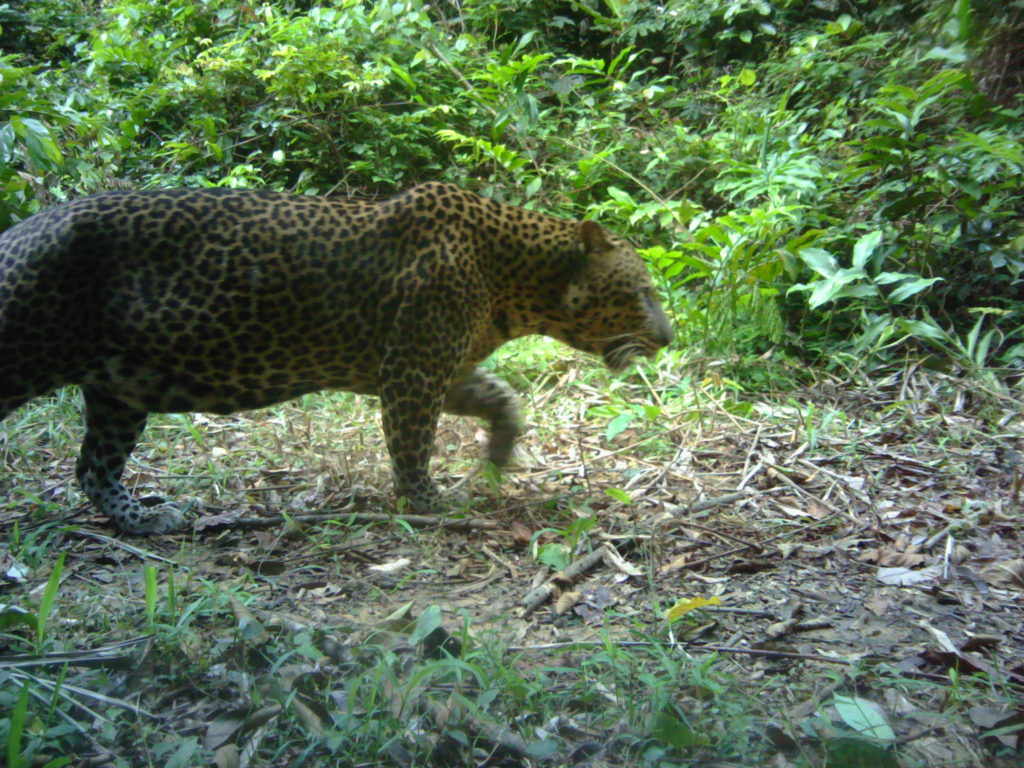
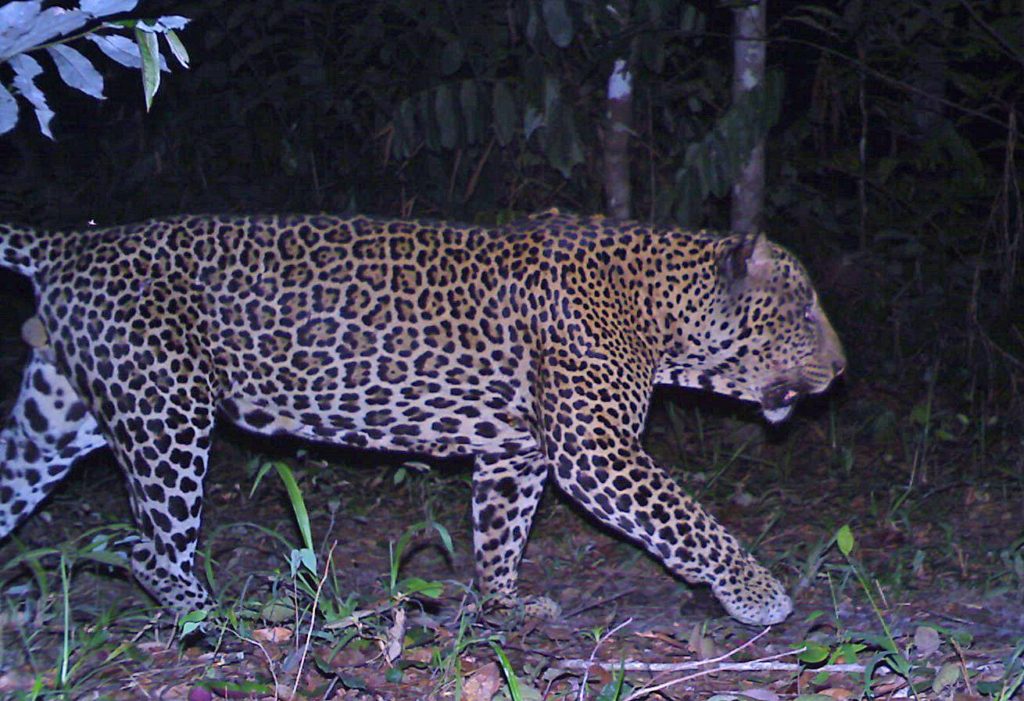
Black Panther (Really a Black Leopard)
There are some leopards that are melanastic, meaning they have high levels of melanin in their pigment from a mutation, creating the illusion of a completely black cat (“black panther”). This is not a different species, and they still have black rosettes albeit against a near-black coat, making it difficult to see the rosettes. If you look closely and have good light, you can make them out.
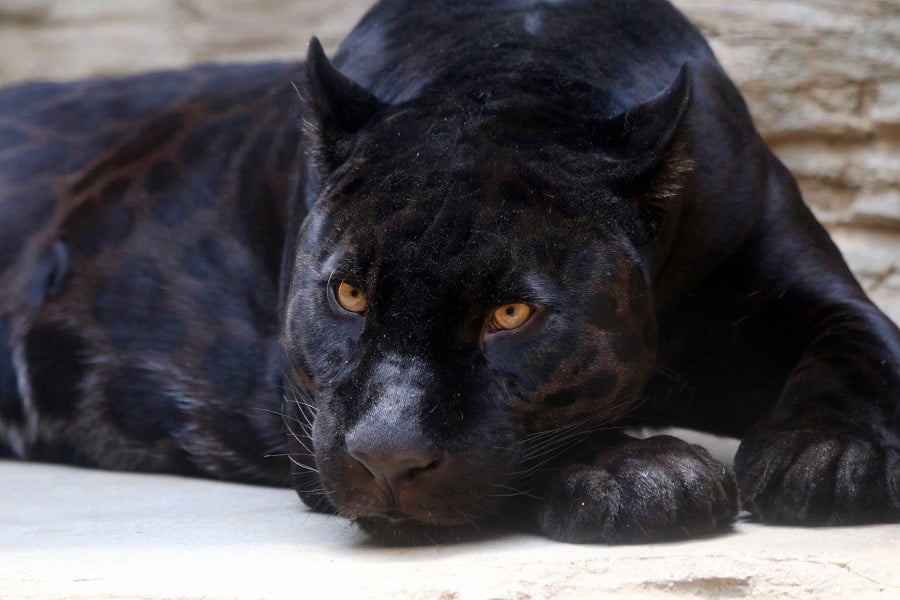
Identify Leopard Print vs. Cheetah
It’s pretty easy to identify leopard print from cheetahs. Cheetahs have solid spots rather than rosettes like leopards and jaguars have.
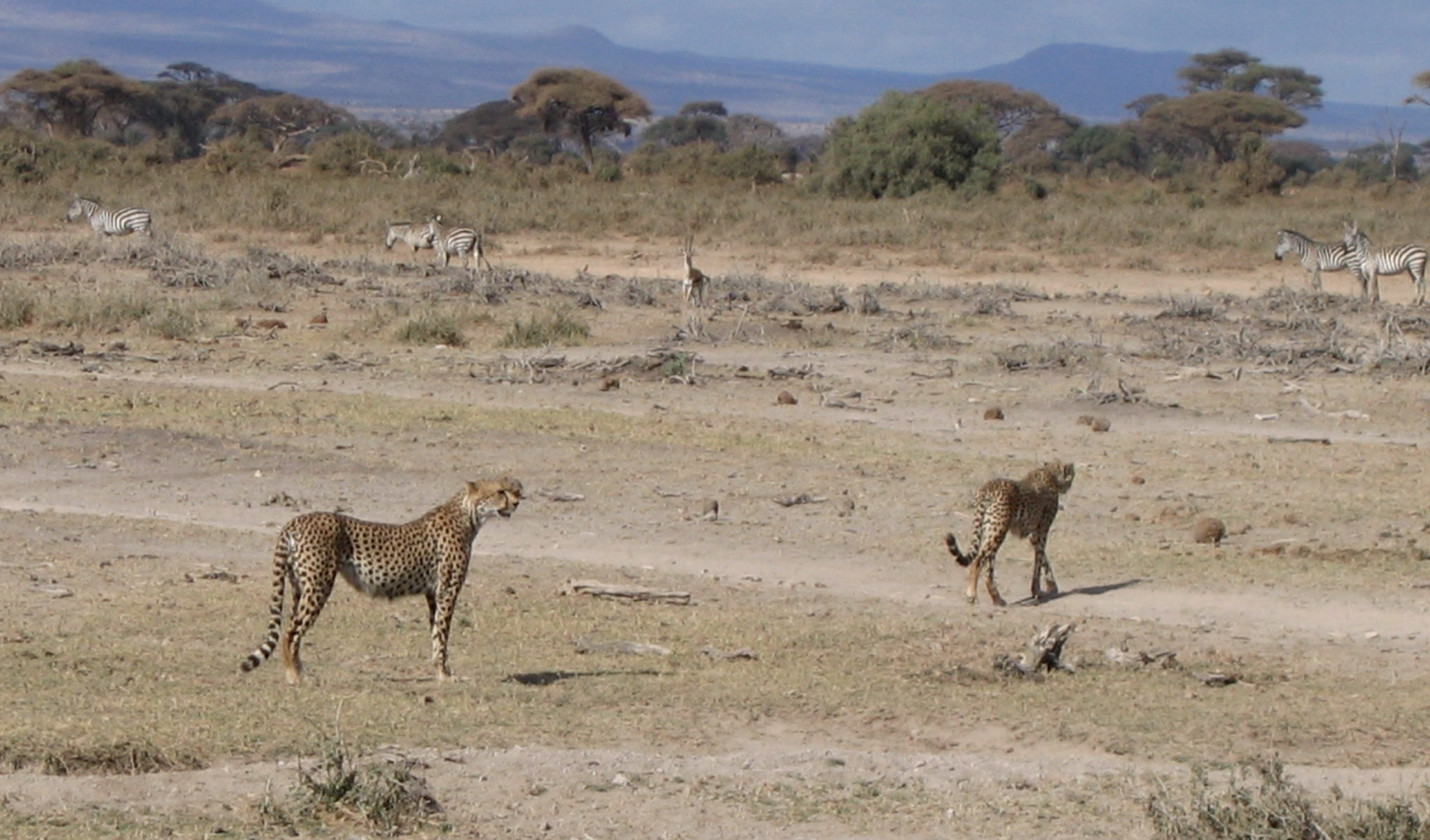
Leopard Evolution
Despite their coats looking similar to, and often being confused with jaguars and cheetahs, leopards are most closely related to lions, which obviously have no spots. Leopards are one of the five big cat species in the genus Panthera along with lions, tiger, jaguar, and snow leopard. These cats underwent an early, rapid radiation about ∼3-4 million years ago with the split of lions and leopards in the Pleistocene era, and split of jaguars from lion/leopards near the Plio-Pleistocene boundary. Cheetahs, Acinonyx jubatus, which also look similar to leopards in terms of their coat are not even in the genus as leopards meaning they are much more distantly related.
Leopard Natural History and Conservation
Leopards have the largest range of all of the big cat species, spanning across Africa and southern Asia. Although locally common in areas, as a species, they are declining (status is near threatened on the IUCN Red List). Leopards suffer from habitat loss due to human development, but unlike most big cats and even large mammals, can actually live alongside even pretty large human populations if there are enough hiding spots and prey. This close proximity to humans though brings leopards one of their largest threats, conflict. Leopards can predate upon livestock, and therefore are directly targeted by humans to prevent these losses. Some of the ways people kill leopards is through poisoning carcasses.
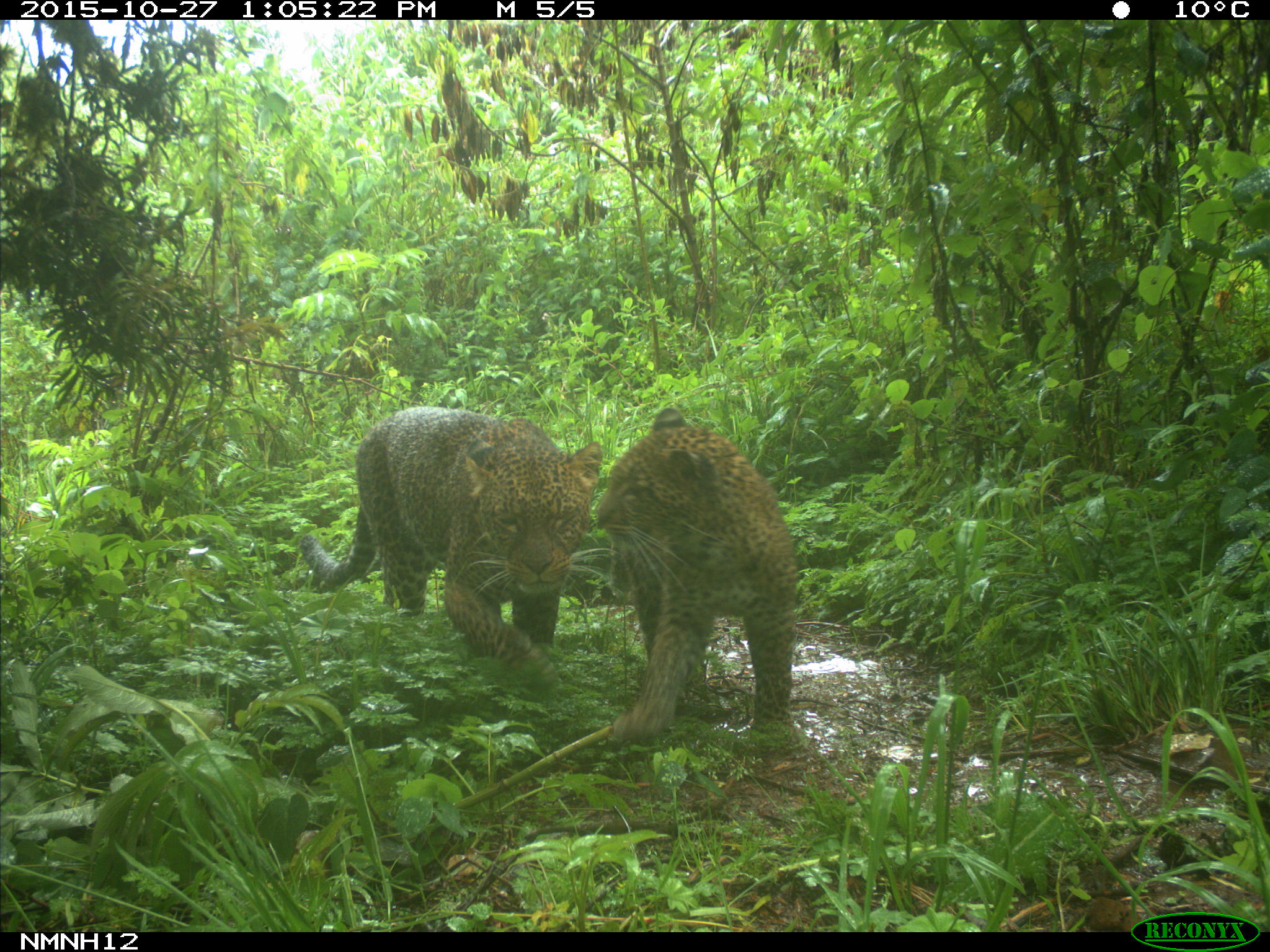
Leopard in Fashion
Despite all of the gorgeous faux prints designers create, leopards surprisingly are still targeted for skins. This is a serious a threat, as they are traded in central and West African countries and used in traditional rituals such as those in South Africa. The rise of leopard print was largely in response to a real leopard coat worn by First Lady Jackie Kennedy. When other women wanted to copy this exotic ensemble, leopard and other spotted cat populations plummeted. The initiation of organizations like the Endangered Species Act and CITES (Convention on International Trade in Endangered Species of Wild Fauna and Flora) help protect these animals from being killed and traded on such a large scale. And as Jackie O’s look was ultra chic despite the negative conservation and ethical connotations, it was a win-win for designers to turn to faux prints for fashion. The prints worn today are representations of the actual furs that people used to wear, and to continue this trend of faking it to help leopard populations, visit IFakeIt.org and snap a photo of yourself wearing leopard print with the hashtag #IFakeIt.
How to Wear Leopard Print
You really can wear leopard print with almost anything, which is why it is considered a neutral. I love pairing it with bright colors, especially red. If you are not sure, the best bets are blacks, tans, or browns that will match parts of the print. If you are not used to wearing prints, leopard can feel overwhelming. To get started with leopard, try using it in a small accessory, like a scarf or shoes. Even these small flashes of leopard will have maximum fashion impact.

Scientists typically aren’t thought of as being fashionistas, but as you will find from my posts that fashion actually finds a lot of inspiration from nature, especially animals. If you wear it, why not know about the animal behind your print?
*All camera trap photos are from the eMammal camera trapping project. This post was originally posted on the Wildlife SNPits.
Love this post? Share it with friends!

